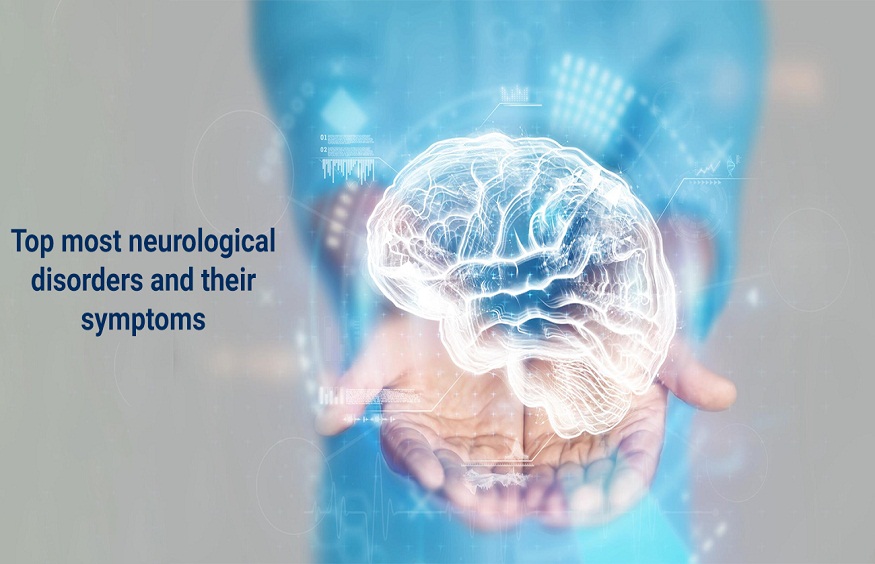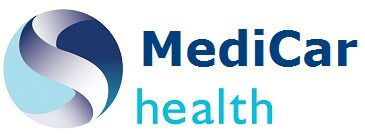
Have you ever tried finding a needle in a haystack? That’s what it feels like for neurologists dealing with rare neurological diseases. Among these, one stands out – the neuromuscular disease Oxnard. This challenge is not just about the rarity. It’s about the complexity and the demand for precise diagnosis, treatment, and care. This blog will delve into the depth of these challenges and how neurologists navigate through them.
Understanding Rare Neurological Diseases
Neurological diseases affect the brain and the nervous system. They can cause a range of symptoms. These include problems with movement, speech, and memory. When we talk about ‘rare’ diseases, we mean conditions that are not common. For example, the neuromuscular disease Oxnard affects a small number of people.
The Challenge for Neurologists
The rarity of diseases like Oxnard is a challenge for neurologists. Why? Because they see these conditions less often. This can make diagnosis and treatment more difficult. Neurologists need a deep understanding of these conditions. They also need the ability to think outside the box.
Comparison of Common vs Rare Neurological Diseases
| Type | Prevalence | Diagnosis | Treatment |
| Common (e.g., Migraine) | High | Easier due to familiarity | Estabilished treatment protocols |
| Rare (e.g., Oxnard) | Low | Difficult due to rarity | May require individualized approach |
Navigating the Challenge
So, how do neurologists face this challenge? They focus on continuous learning. They stay updated on the latest research. They collaborate with other experts. And most of all, they show patience and persistence in their care for patients.
Resources for Patients and Families
If you or a loved one has a rare neurological disease, know this. You are not alone. There are resources available to help. The National Institute of Neurological Disorders and Stroke and the National Organization for Rare Disorders have lots of useful information.
Remember, every challenge presents an opportunity. In the case of rare neurological diseases, the challenge is the journey to understanding. The opportunity is the chance to improve care for those affected.

 From Lab to Lifestyle: How the Science of Quality Assurance in Manufacturing Reliable Supplements Protects Consumers and Businesses
From Lab to Lifestyle: How the Science of Quality Assurance in Manufacturing Reliable Supplements Protects Consumers and Businesses  Top Myths About Pediatric Home Health Care Debunked
Top Myths About Pediatric Home Health Care Debunked  Immunity IV Drips – Your Frontline Defense Against Modern-Day Fatigue, Illness, and Burnout
Immunity IV Drips – Your Frontline Defense Against Modern-Day Fatigue, Illness, and Burnout  Is Vasectomy Painful? What Men Should Know about the Procedure
Is Vasectomy Painful? What Men Should Know about the Procedure  Low Blood Oxygen? These 5 Shocking Causes Might Be Putting You at Risk!
Low Blood Oxygen? These 5 Shocking Causes Might Be Putting You at Risk!  Cardiologists And The Approach To Pediatric Heart Conditions
Cardiologists And The Approach To Pediatric Heart Conditions  The Best Practices For Maintaining Healthy Gums In Willow brook
The Best Practices For Maintaining Healthy Gums In Willow brook